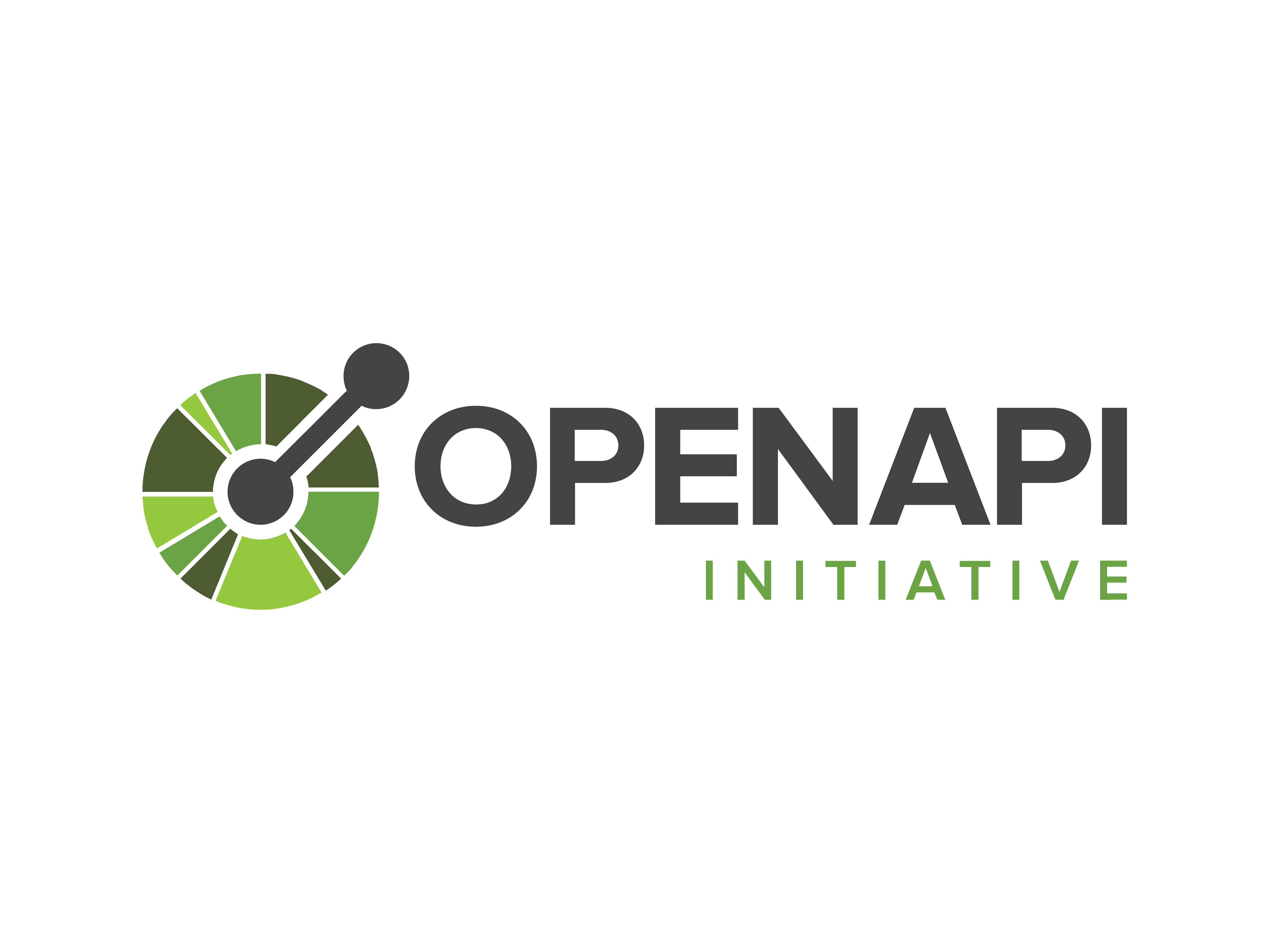Loading content...
Published on
Design-First approach with OpenAPI

Explore why a shift from code annotations to plain OpenAPI Specification (OAS) enhances API design and development processes.
Published on

Explore why a shift from code annotations to plain OpenAPI Specification (OAS) enhances API design and development processes.